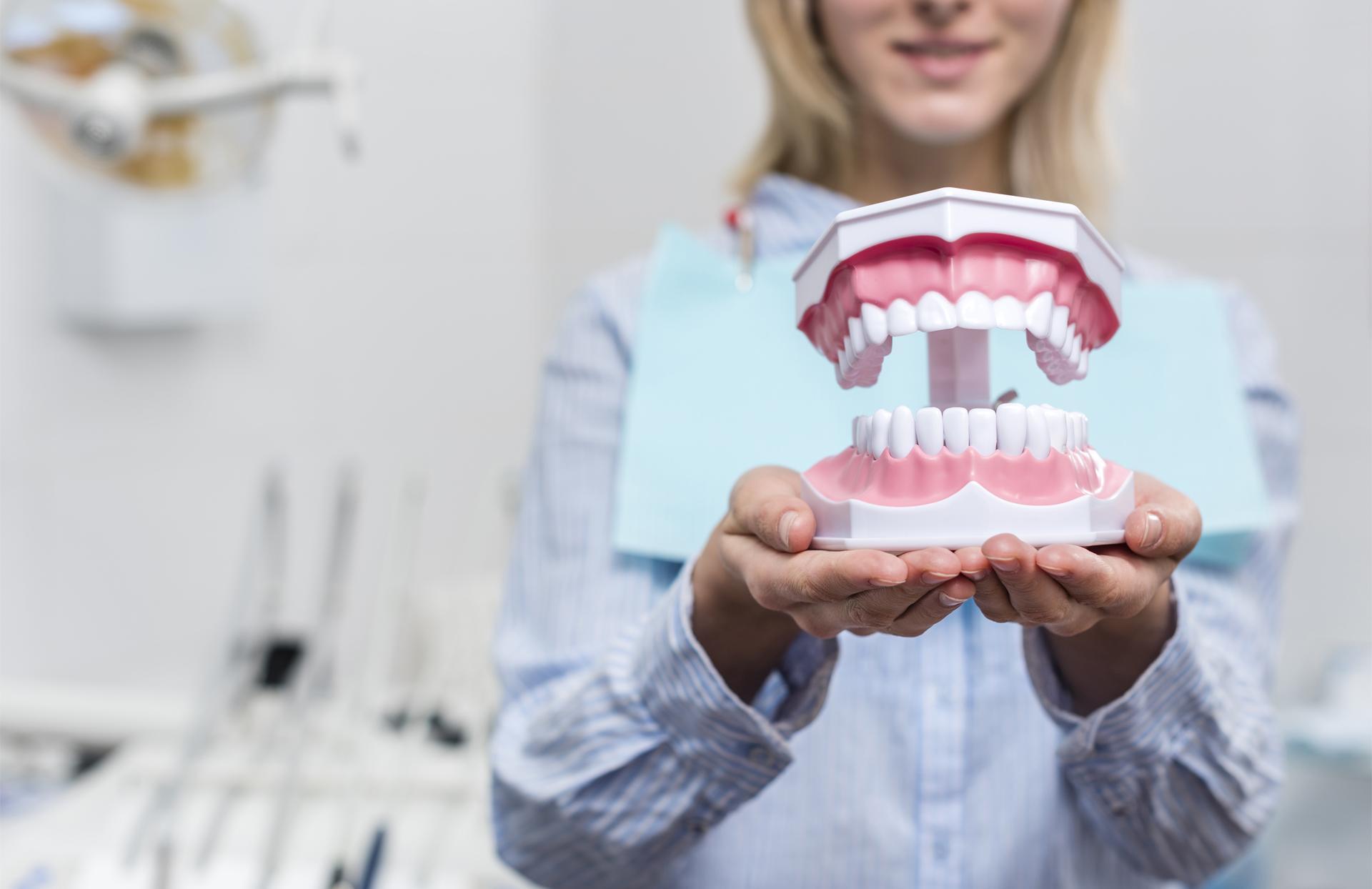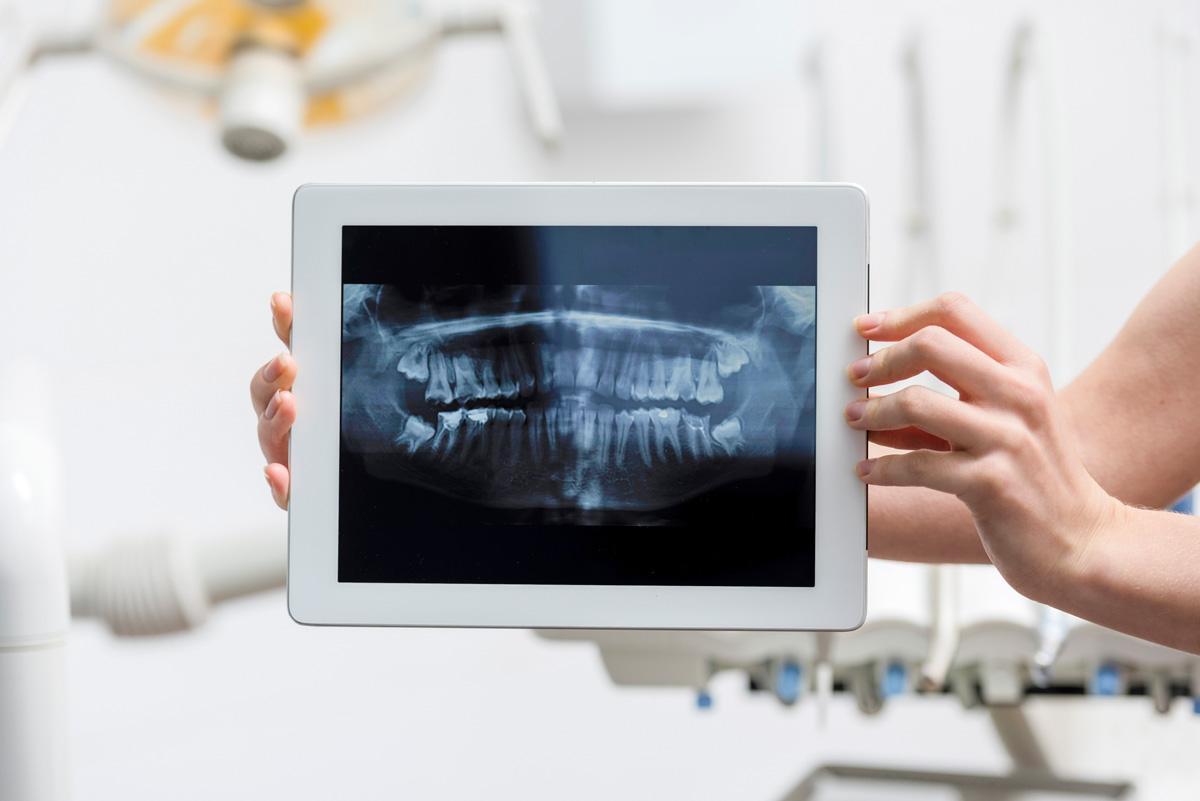INTRODUCTION
Periodontal disease, sometimes referred to as gum disease, is a condition that damages the tissues that support and surround the teeth.

1. ABOUT THE DISEASE
Since the dawn of recorded history, mankind have been afflicted with periodontal (gum) disease. Although though oral health has considerably improved over the years, millions of Americans still have gum disease and most likely aren't even aware that they have a problem. This is due to the fact that periodontal disease typically develops without any warning signs or symptoms, which most individuals would rather ignore or ignore even if they were present.
2. STAGES OF GUM DISEASE
1. Gingivitis
It is the first stage without loss of bone.
2. Early periodontitis
In this stage, gingivitis advances into the deeper periodontal structures
3. Moderate periodontitis
It results in significant bone loss due to continued tissue and bone destruction
4. Advanced periodontitis
There will be significant bone loss from the root of tooth
GINGIVITIS
3. PATHOLOGY
PERIODONTITIS
The microbial plaque buildup in or near the gingival sulcus is what causes gingivitis. The species of Streptococcus, Fusobacterium, Actinomyces, Veillonella, and Treponema are the bacteria most firmly linked to the aetiology of gingivitis.
Periodontitis arises from the disruption of host-microbe homeostasis in susceptible individuals leading to dysbiosis and destructive inflammation that not only activates osteoclastogenesis and bone loss but also provides nutrients (tissue breakdown products) that enable the dysbiotic microbiota to grow and persist.
4. SYMPTOMS OF THE DISEASE
-Swollen or puffy gums
-Bright red, dusky red or purplish gums
-Gums that feel tender when touched
-Gums that bleed easily
-Pink-tinged toothbrush after brushing
-Spitting out blood when brushing or flossing your teeth
-Bad breath
-Pus between your teeth and gums
-Loose teeth or loss of teeth
-Painful chewing
-New spaces developing between your teeth
-Gums that pull away from your teeth (recede), making your teeth look longer than normal
-A change in the way your teeth fit together when you bite
PROFESSIONAL CLEANING
Removal of plaque and bacteria that are accumulated one teeth and gums.
5. TREATMENT
SCALING
ROOT PLANING
Removal of plaque and tartar from above and below the gum lines.
Smoothing the roots of the teeth which makes the bacteria to stick on them.
LIFESTYLE CHANGES
ANTIBIOTICS
Improving oral hygiene habits,quitting smoking and making changes to your diet which helps to prevent gum disease
Prescription of antibiotics by the dentist to treat the infection if the gum disease is more advanced.
6. CONCLUSIONS
In summary, taking care of your gums is an essential part of maintaining good oral health. Left untreated, gum disease can have serious consequences, including tooth loss and other health problems. There is a possibility. Treatment for gums may include a combination of deep cleanings, medications, and lifestyle changes such as: B. Quit smoking and maintain good oral hygiene habits


